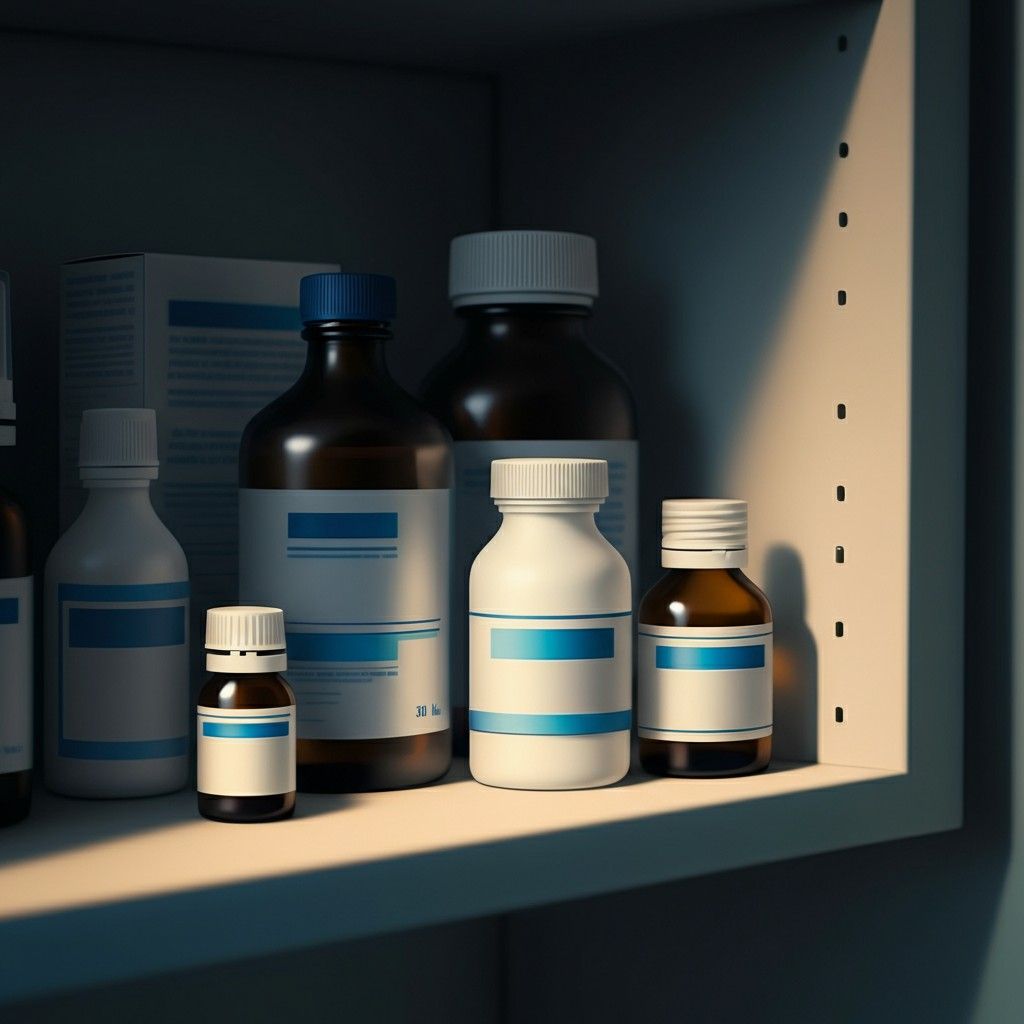To define What is Pharmacovigilance in simple word, it is a study of safety of medicine at every stage starting from development of medicine to its post marketing. Vigilance means to keep an eye on. When its keeping an eye on safety of medicine it is called as Pharmacovigilance. Pharmacovigilance (PV) refers to the science and activities involved in detecting, assessing, understanding, and preventing adverse effects or other issues related to medicines. It plays a pivotal role in safeguarding public health by continuously monitoring drug safety, from early-stage clinical trials to post-market surveillance.
This process ensures that:
- The benefits of a medication outweigh its risks.
- Adverse drug reactions (ADRs) are identified, reported, and appropriately addressed.
- Healthcare professionals and patients can make informed, safe decisions about medication usage.

Drug Safety
Human and Veterinary
Why is Pharmacovigilance Important?
No medication is 100% risk-free. Clinical trials involve relatively small, controlled groups of participants. Once a drug is widely used, unexpected side effects or complications may emerge among diverse populations. Pharmacovigilance bridges this gap, ensuring the long-term safety of approved medications. Pharmacovigilance is a part of regulatory requirement, hence it is a mandatory department in every Pharmaceutical company.
Key Benefits about Pharmacovigilance:
- Improved Patient Safety
Pharmacovigilance identifies potential ADRs early, reducing harm and building public trust in healthcare systems.
- Enhanced Drug Safety Profiles
Continuous monitoring uncovers critical data about a drug’s real-world usage, allowing healthcare providers to make better-informed prescribing decisions.
- Prevention of Medication Errors
Pharmacovigilance provides insights into improper medication usage, drug interactions, or contraindications, helping refine prescribing practices.
- Proactive Risk Management
Pharmaceutical companies, regulators, and medical professionals can collaborate to mitigate risks, such as drug abuse or liability issues, through early detection of safety concerns.
The Phases of Pharmacovigilance
Pharmacovigilance takes place over a drug’s entire lifecycle. It can broadly be divided into three key phases:
1. Pre-Clinical Pharmacovigilance
This phase involves pre-market studies conducted through laboratory and animal testing to evaluate potential risks before human usage.
2. Clinical Pharmacovigilance
During clinical trials, researchers assess a drug’s safety profile in controlled environments. This phase aims to detect common side effects and ensure that the medication is safe before it enters the commercial market.
3. Post-Marketing Pharmacovigilance
Also called post-market surveillance, this phase monitors drug safety after commercial release. Since medications are now prescribed to larger, diverse populations, post-market reporting systems help identify rare or long-term side effects.
What is Pharmacovigilance in Practice?
Pharmacovigilance depends on collaboration between regulatory authorities, healthcare providers, pharmaceutical companies, and patients. Here are the core processes behind its operation:
1. Adverse Drug Reaction (ADR) Reporting
ADRs encompass any undesirable reactions caused by a drug. These reports may originate from:
-
- Healthcare providers (doctors, pharmacists, nurses).
- Patients and caregivers.
- Pharmaceutical manufacturers.
Systems such as the UK’s Yellow Card Scheme enable the reporting of ADRs to regulatory bodies for detailed evaluation.
2. Signal Detection
After ADR reports are accumulated, pharmacovigilance teams identify safety signals—patterns that may suggest new or heightened risks. Signals do not confirm causality but warrant further investigation.
3. Risk Evaluation and Mitigation
When safety concerns are raised, authorities can enforce mitigation measures, such as amending dosage instructions, adding safety warnings, or, in severe cases, withdrawing drugs from the market.
4. Communication of Findings
Healthcare professionals and the public are informed of updated safety concerns, precautions, or alternative treatments to ensure the responsible use of medications.
Regulatory Frameworks and Global Pharmacovigilance
Pharmacovigilance is governed by various authorities across the globe. Their collaborative efforts ensure consistent and effective drug safety monitoring.
- European Medicines Agency (EMA): Operates EudraVigilance, a platform for monitoring adverse reactions within the European Economic Area (EEA). To know about guidelines on PV by EMA, click here
- MHRA (UK): Oversees the Yellow Card Scheme to encourage ADR reporting and improve public health.
- US FDA: Conducts post-market monitoring via the MedWatch Program.
- World Health Organization (WHO): Supports international pharmacovigilance efforts through the Global Individual Case Safety Reports Database (VigiBase).
If you want to know more about regulatory authorities and their role, click here
Key Challenges in Pharmacovigilance
While pharmacovigilance is indispensable, certain challenges can hinder success:
- Underreporting of Adverse Events: Many ADRs go unreported due to lack of awareness or misjudging their significance. Encouraging routine ADR reporting among professionals and patients is critical.
- Data Overload: Collating and analysing vast amounts of adverse event data from global sources is resource-intensive.
- Emerging Therapies: The rise of complex therapies, such as biologics and personalised medicine, poses unique pharmacovigilance challenges.
Tackling these barriers will involve leveraging advanced tools like machine learning and big data to streamline ADR detection and analysis.
Your Role in Pharmacovigilance as a Medical Professional
Medical professionals are indispensable to successful pharmacovigilance programs. Here’s how you can contribute:
- Recognise ADRs: Educate yourself on the possible side effects of commonly prescribed medications.
- Report ADRs Promptly: Use systems like the Yellow Card Scheme to inform regulatory bodies about suspected reactions.
- Stay Updated: Familiarise yourself with drug safety announcements and evolving guidelines to protect patients effectively.
- Counsel Patients: Guide patients on recognising and managing potential side effects and encourage open communication about their experience with prescribed medications.
There are various departments within Pharmacovigilance and your job profile depends on which section you are working.
Taking Pharmacovigilance Forward
Pharmacovigilance is more than a regulatory necessity—it’s an ongoing commitment to patient safety, ethical practice, and public trust in medicines. By integrating pharmacovigilance into routine medical practice, you can significantly improve outcomes, reduce harm, and bolster confidence in healthcare systems.
To explore pharmacovigilance solutions or ongoing safety updates, visit trusted resources and consider online training programmes tailored for healthcare providers.
